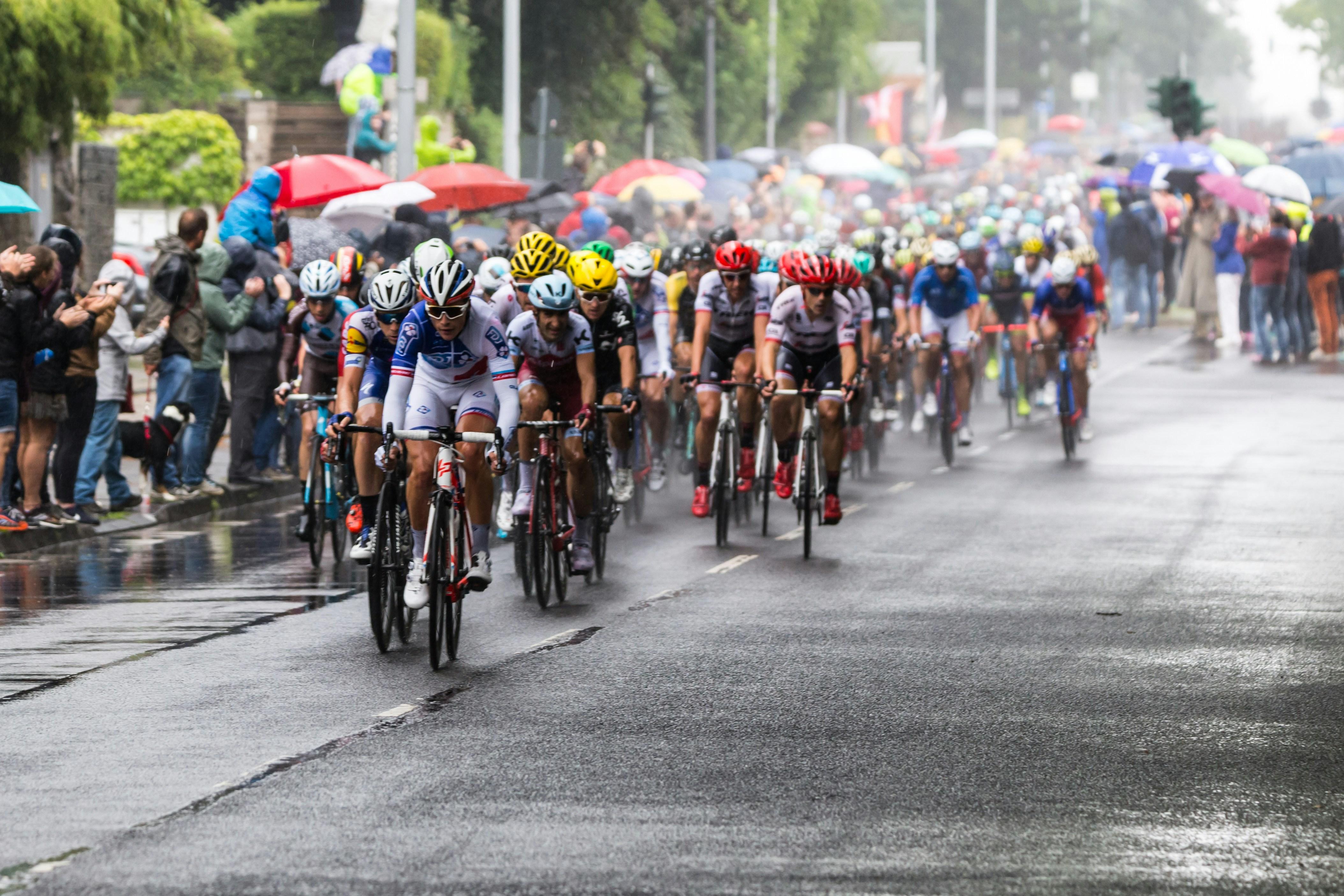As the film industry gears up for another awards season, the race for the coveted Best Picture Oscar is once again capturing the attention of critics, filmmakers, and audiences alike. Each year, the Best Picture category serves as a barometer for the industry’s evolving trends, highlighting the narratives and artistic achievements that resonate most profoundly with contemporary viewers. This year, the competition is particularly fierce, with a diverse array of films vying for the top honor. From poignant dramas to innovative genre films, the contenders showcase a broad spectrum of storytelling that reflects both global and personal themes. In this analysis, we will examine the frontrunners for the Best Picture award, assessing their strengths, industry buzz, and potential obstacles. By delving into the critical and commercial reception of these films, as well as their resonance with the cultural zeitgeist, we aim to provide a comprehensive overview of who stands the best chance of taking home the Oscar this year.
Evaluating Historical Trends and Patterns in Best Picture Winners
Exploring the historical trends and patterns of Best Picture winners can offer invaluable insights into predicting this year’s contenders. Historical data reveals a strong affinity for films that tackle social issues, with many winners reflecting the cultural zeitgeist of their time. This trend suggests that films addressing current societal challenges or human experiences may have a competitive edge. Additionally, genre preferences have shifted over the decades; while epic dramas once dominated, recent years have seen a more diverse array of genres receiving top honors, from fantasy to black comedy.
- Social Relevance: Films that engage with contemporary issues often resonate well with voters.
- Diversity in Genre: Recent years indicate a move towards rewarding innovative storytelling across various genres.
- Director’s Track Record: Acclaimed directors with previous nominations or wins often have an advantage.
Moreover, the composition of the Academy itself has evolved, potentially influencing voting patterns. The increasing diversity within the Academy could lead to a broader range of perspectives, impacting which films are celebrated. By examining these patterns, one can better gauge which contenders might emerge victorious in this ever-evolving landscape of cinematic excellence.

Examining Critical and Audience Reception of This Years Contenders
In assessing the critical and audience reception of this year’s Best Picture contenders, a few films have emerged as frontrunners. Critics’ reviews often highlight the nuanced storytelling and directorial prowess, while audience reactions provide a more visceral gauge of a film’s impact. Notably, several films have achieved a rare harmony between critical acclaim and audience adoration, bolstering their chances in the race.
- Film A: Lauded for its innovative narrative structure, this contender has been a favorite among critics, yet its complex themes have sparked diverse interpretations among audiences.
- Film B: With its universal themes and stellar performances, this film has garnered widespread audience approval, though some critics argue it lacks originality.
- Film C: A dark horse in the race, it has gained momentum through word-of-mouth, resonating deeply with both niche audiences and seasoned critics.
The intersection of critical appraisal and audience enthusiasm can often predict a film’s success at the Oscars. While some films might skew towards one side, those that manage to captivate both critics and the general public typically stand a better chance of clinching the coveted award.

Assessing the Impact of Industry Politics on Award Outcomes
In the complex landscape of the film industry, politics often play a significant role in shaping award outcomes, particularly in the highly coveted Best Picture category. The intricate web of studio influence, marketing strategies, and industry alliances can dramatically sway the voting process. Lobbying efforts by studios, which can include lavish screenings and strategic campaigning, often seek to align a film with current social and political climates, amplifying its appeal among voters.
- Studio Influence: Major studios often have more resources to invest in extensive campaigns, creating a visibility advantage.
- Social Relevance: Films that resonate with prevailing social issues can gain momentum through voter support driven by cultural relevance.
- Industry Alliances: Long-standing relationships within the industry can influence perceptions and bolster a film’s chances.
Furthermore, the impact of guild awards and critics’ circles can set the tone for the Oscar race, as these early accolades often establish a narrative around a film’s “worthiness.” As the race unfolds, it’s crucial to consider how these elements intertwine to shape not just the perception of quality, but the eventual outcome of the Best Picture award.

Predicting the Front-Runners: Expert Opinions and Statistical Models
As the awards season heats up, a mix of expert opinions and statistical models offers intriguing insights into this year’s Best Picture race. Film critics and industry insiders often rely on a combination of traditional wisdom and emerging trends to identify potential front-runners. They analyze factors such as historical performance at key precursor awards, directorial pedigree, and the thematic resonance of a film with current societal issues. On the other hand, statistical models utilize a more data-driven approach, crunching numbers from various predictors like box office performance, critic scores, and social media buzz to project the likely winners.
- Expert Insights: Critics often focus on narrative depth, artistic innovation, and emotional impact.
- Statistical Models: These emphasize quantifiable data points, providing a less subjective lens.
- Consensus Indicators: Films that perform well across both expert reviews and statistical predictions tend to have a strong shot.
By merging these two approaches, industry watchers and enthusiasts alike can form a more rounded perspective on which films are poised to capture the coveted Best Picture accolade. While neither method guarantees absolute accuracy, together they offer a compelling picture of the cinematic landscape.
